What’s wrong with Indian healthcare system?
Need for Digital Health India
Despite its high economic growth, there is an increase in disease incidences in India that could reduce the health of the population. For example, in India, nearly 27% of the deaths occur without medical attention at the time of death. Though the proportion of people who are living in poverty was reduced by about 50% during the last 25 years, two distinct classes of disease are on the rise. There is a continuing increase in communicable diseases in the weaker sections of society, while there is also a steep increase in non-communicable or “lifestyle” diseases.
The poor health of the average Indian is in part due to low public investments in preventive health facilities such as waste management and sanitation and too small investment in training of health professionals and building of healthcare infrastructure.
Compared to its population, the number of doctors in India is low: 0.62 doctors per 1000 people while the WHO targets a doctor-population ratio of 1:1000. Moreover, doctors are concentrated in urban areas so that it is more difficult to access healthcare in rural areas. As a result, around 80 % of doctors serve only 28 % of India’s population. Also regarding health care spending, the situation is worrying. In India, 4.7% GDP is spent on healthcare, a meagre percentage globally. Moreover, government spending on healthcare is only 1.2% GDP. This money is also spent in a contra-intuitive manner: poorer states with poorer health receive less money from the centre and spend less money on healthcare.
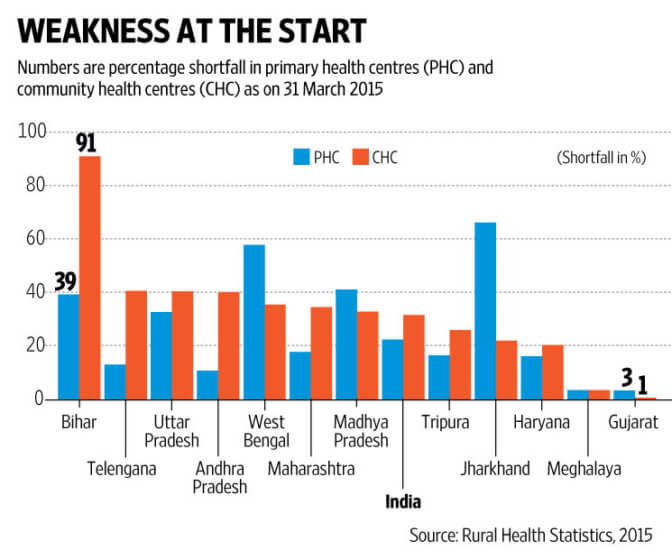
Image courtesy of Livemint
One of the significant impediments for people to access healthcare is the cost. Most people in India do not have health insurance and need to pay out of pocket, often using their savings and thus sliding into poverty. Even those who have health insurance usually have to first pay out of pocket and then apply for reimbursement. The high cost of medical care and low accessibility in rural areas make people postpone seeing a doctor, and instead first try home remedies.
In India, a significant proportion of healthcare is provided by the private sector. In urban areas, 32% of hospitalisations are in public hospitals and 68% in private hospitals, while in rural areas 42% were in public and 58% in private hospitals. People prefer more expensive private hospitals, mainly because of the low quality of public healthcare. Another critical factor is the often long waiting times in public hospitals.
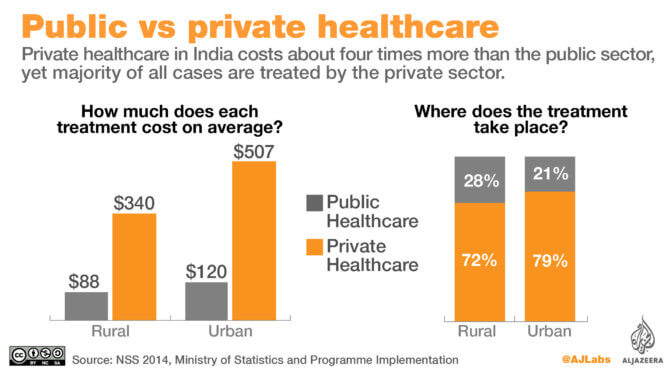
Image courtesy of AlJazeera
The private health sector is one of the fastest growing areas of the Indian Economy. However, due to the fragmentation, for patients, it can be challenging to locate the appropriate healthcare within their budget, and medical records are scattered. Furthermore, many private hospitals are part of large conglomerates, capable of driving prices up. Startups in digital healthcare and eHealth can potentially play an important role in making healthcare in India more accessible and more affordable.
How can startups improve the healthcare sector in India?
Healthcare is slowly becoming the top priority of the Indian citizens to ensure their own well-being and a healthy lifestyle. This has produced opportunities for digital healthcare startups that are active in a variety of healthcare segments. It’s entirely not possible to increase the number of doctors and hospital beds in a short time, but by providing access to smart technologies, doctors can become more efficient and precise.
There are over 100 successful digital healthcare startups in India and their economic importance is growing. For example, India’s telemedicine market was worth about 100 Million USD in 2011 and should have about four times that value by the end of this year.
An import sector for startups is to speed-up and improve medical diagnosis using artificial intelligence. This technology uses machine learning to teach an application to recognise pathologies in images or other medical data. First, these systems need the input of data with known pathology, to learn to diagnose. Once they have been trained, they can be used to diagnose new images. By inputting the assessment of the pathologist, they become even more skilled at diagnosing. For example, Shonit can automatically detect diseases like anaemia, malaria, and leukaemia. With Shonit, a smartphone can analyse digital photos of slides with blood samples that have been taken through a microscope. This takes less time than doctors or nurses examining the slides under a microscope and performing cell counts.
With just the addition of a camera to the microscope and the software in the phone, doctors save time and the waiting time of the patient is reduced.
Similar Artificial Intelligence applications are available for various other diseases such as cervical cancer (AIndra device), and eye problems (Forus 3nethra diagnoses).
Other critical digital technologies spearheaded by startups focus on linking patients with healthcare providers. For example, the company Practo makes it easy for patients to find medical specialists, compare reviews by patients, and book appointments online or using a mobile app. The more specialised BloodSure connects patients and their families to the right blood donor. Other digital health companies focus on digitising medical records so that patients can quickly inform doctors about their medical history.
Challenges being faced by healthcare startups
Especially in healthcare, startup companies have to build confidence in their product. Therefore, their product does not only have to be right; it needs to be perfect. Information on any slight hick-up can quickly go viral and damage the confidence of doctors and patients in the product, and neither can afford to take risks. Therefore, startups need to be well funded, and many have startup funds of multiple millions USD. They also need to have reliable human resources to develop innovative ideas and straighten out all the engineering problems.
Furthermore, building such confidence takes time.
Therefore, startups need to have patience and be able to survive without making a profit for some years. This hurdle is made higher by government regulations and corruption. Startups need to make many trips to administration offices to obtain approvals.
Therefore, the development of startups would be facilitated by easing the rules. This is especially true for companies dealing with pharmaceutical and medical devices. However, there are no specific regulations for digitising medical care. Taxes, excise charges, and Octroi are also substantial barriers.
Conclusion
The Indian healthcare system faces enormous challenges due to the lack of funding for preventive health care, training of healthcare professionals and investment in healthcare infrastructure, especially in rural areas and the weaker states. Startups can alleviate these problems.
Using artificial intelligence with existing components such as cameras and smartphones, doctors can make faster and more accurate diagnoses of various diseases, and thus be more efficient.
Also, startups facilitate care by connecting patients with medical specialists and providing technology with which patients can easily share medical records with their doctors.
Image credits:

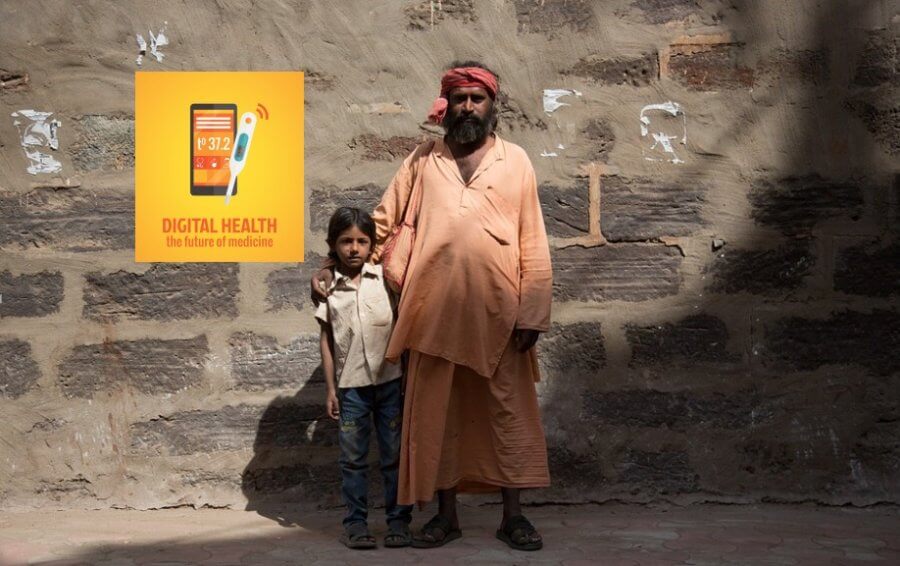


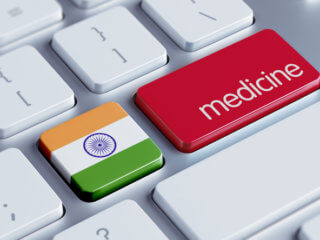



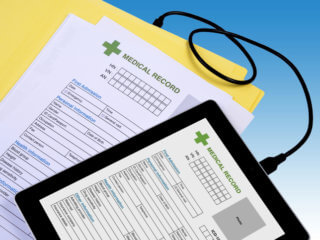









Dr. Hempal is good guide He explain all subjects clearly very-very thanks I request him to guide personely to me about digital healthcare startup in rural area of india Thanks